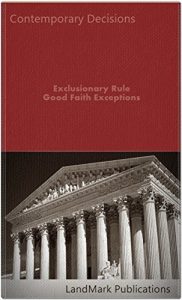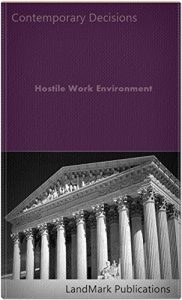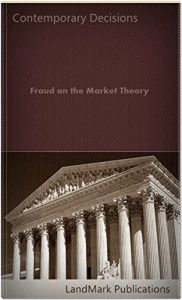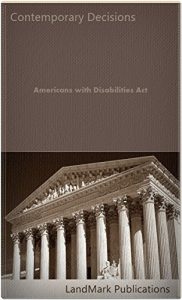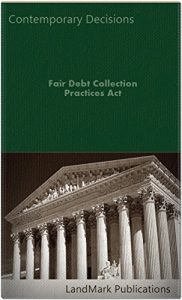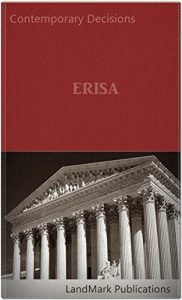THIS CASEBOOK contains a selection of 203 U. S. Court of Appeals decisions that analyze, interpret and apply the good faith exception to the exclusionary rule. The selection of decisions spans from 2006 to the date of publication.
The Fourth Amendment protects the "right of the people to be secure in their persons, houses, papers, and effects, against unreasonable searches and seizures." U.S. Const. amend. IV. To deter Fourth Amendment violations, courts apply the exclusionary rule to suppress evidence that has been unconstitutionally obtained. Davis v. United States, 564 U.S. 229, 236-37 (2011). In circumstances in which "suppression fails to yield 'appreciable deterrence,'" however, the Supreme Court has held that "exclusion is 'clearly . . . unwarranted.'" Id. at 237 (alteration in original) (quoting United States v. Janis, 428 U.S. 433, 454 (1976)). "[W]hen the police act with an objectively 'reasonable good-faith belief' that their conduct is lawful . . . the 'deterrence rationale loses much of its force,'" and therefore the exclusionary rule does not apply. Id. at 238 (quoting United States v. Leon, 468 U.S. 897, 909, 919 (1984)). In Davis, the Supreme Court held that such a "reasonable good-faith belief" exists when searches are conducted "in objectively reasonable reliance on binding appellate precedent." Id. at 238, 249-50. US v. Lustig, (9th Cir. 2016).
"When evidence is obtained in violation of the Fourth Amendment, the judicially developed exclusionary rule usually precludes its use in a criminal proceeding against the victim of the illegal search and seizure." Illinois v. Krull, 480 U.S. 340, 347, 107 S.Ct. 1160, 94 L.Ed.2d 364 (1987). The exclusionary rule is not intended "to redress the injury to the privacy of the search victim[.] ... Instead, the rule's prime purpose is to deter future unlawful police conduct and thereby effectuate the guarantee of the Fourth Amendment against unreasonable searches and seizures[.]" United States v. Calandra, 414 U.S. 338, 347, 94 S.Ct. 613, 38 L.Ed.2d 561 (1974). "As with any remedial device, application of the exclusionary rule properly has been restricted to those situations in which its remedial purpose is effectively advanced." Krull, 480 U.S. at 347, 107 S.Ct. 1160. US v. Carpenter, 819 F. 3d 880 (6th Cir. 2016).
The Fourth Amendment protects the "right of the people to be secure in their persons, houses, papers, and effects, against unreasonable searches and seizures." U.S. Const. amend. IV. To deter Fourth Amendment violations, courts apply the exclusionary rule to suppress evidence that has been unconstitutionally obtained. Davis v. United States, 564 U.S. 229, 236-37 (2011). In circumstances in which "suppression fails to yield 'appreciable deterrence,'" however, the Supreme Court has held that "exclusion is 'clearly . . . unwarranted.'" Id. at 237 (alteration in original) (quoting United States v. Janis, 428 U.S. 433, 454 (1976)). "[W]hen the police act with an objectively 'reasonable good-faith belief' that their conduct is lawful . . . the 'deterrence rationale loses much of its force,'" and therefore the exclusionary rule does not apply. Id. at 238 (quoting United States v. Leon, 468 U.S. 897, 909, 919 (1984)). In Davis, the Supreme Court held that such a "reasonable good-faith belief" exists when searches are conducted "in objectively reasonable reliance on binding appellate precedent." Id. at 238, 249-50. US v. Lustig, (9th Cir. 2016).
"When evidence is obtained in violation of the Fourth Amendment, the judicially developed exclusionary rule usually precludes its use in a criminal proceeding against the victim of the illegal search and seizure." Illinois v. Krull, 480 U.S. 340, 347, 107 S.Ct. 1160, 94 L.Ed.2d 364 (1987). The exclusionary rule is not intended "to redress the injury to the privacy of the search victim[.] ... Instead, the rule's prime purpose is to deter future unlawful police conduct and thereby effectuate the guarantee of the Fourth Amendment against unreasonable searches and seizures[.]" United States v. Calandra, 414 U.S. 338, 347, 94 S.Ct. 613, 38 L.Ed.2d 561 (1974). "As with any remedial device, application of the exclusionary rule properly has been restricted to those situations in which its remedial purpose is effectively advanced." Krull, 480 U.S. at 347, 107 S.Ct. 1160. US v. Carpenter, 819 F. 3d 880 (6th Cir. 2016).
